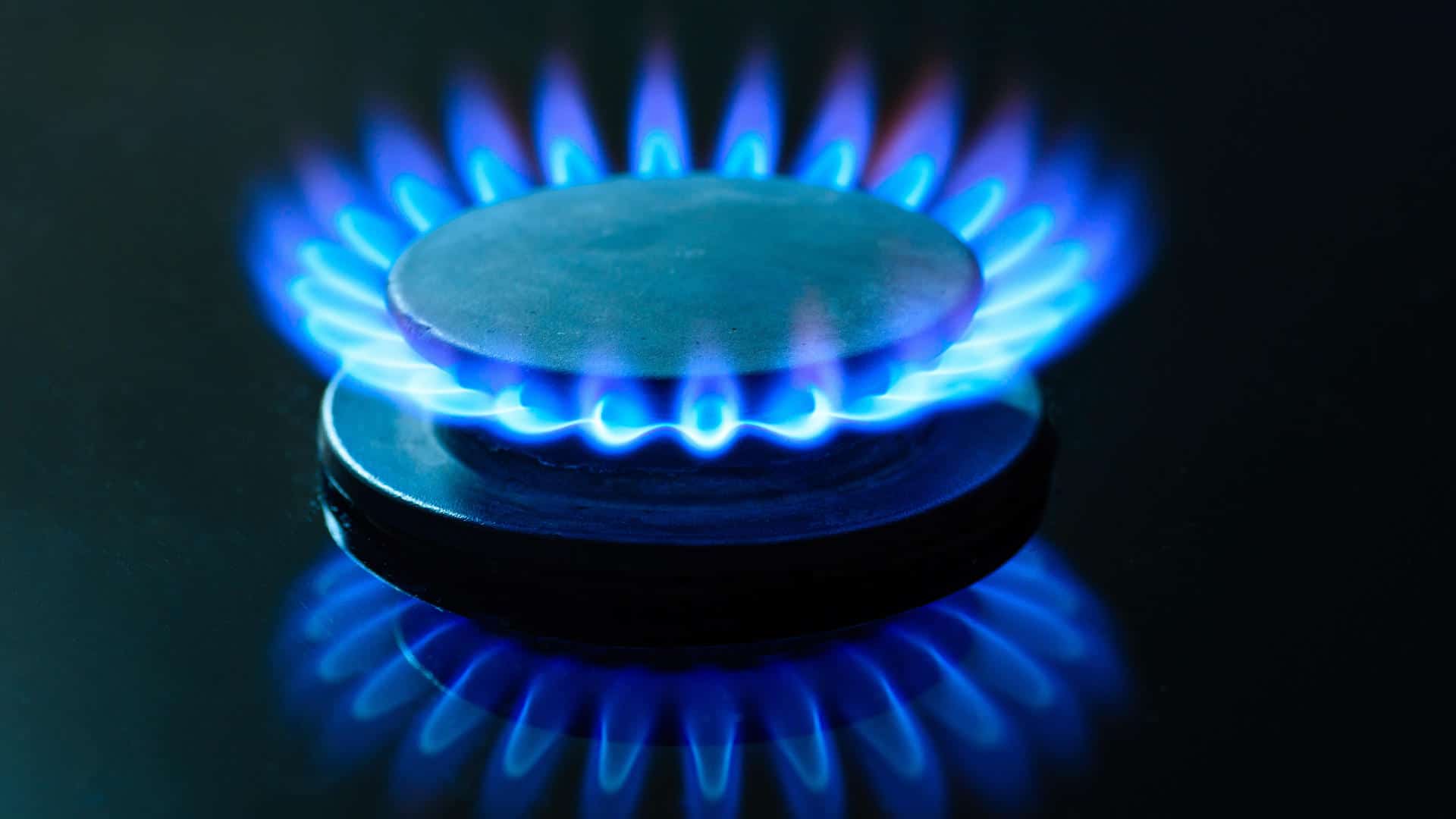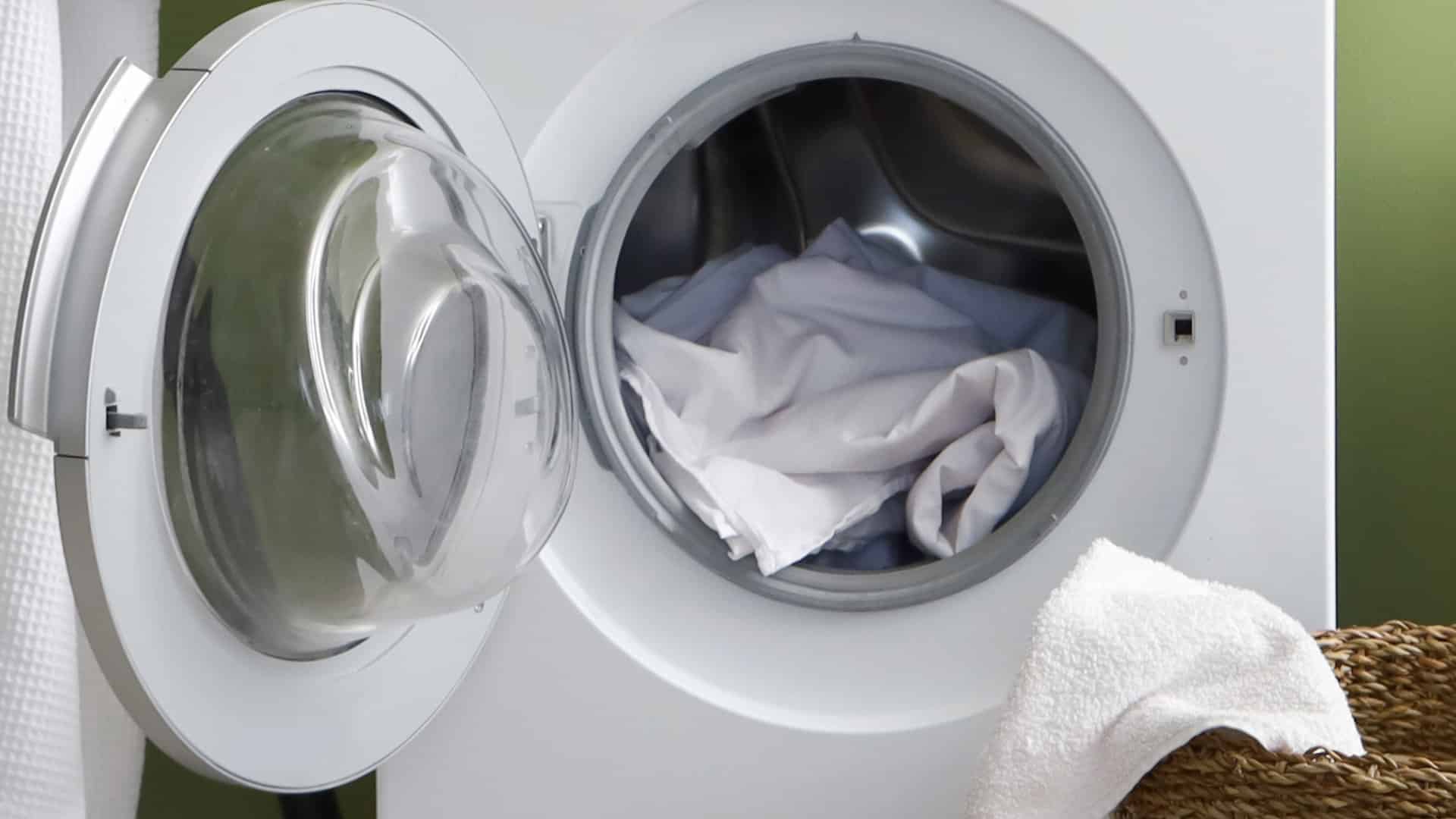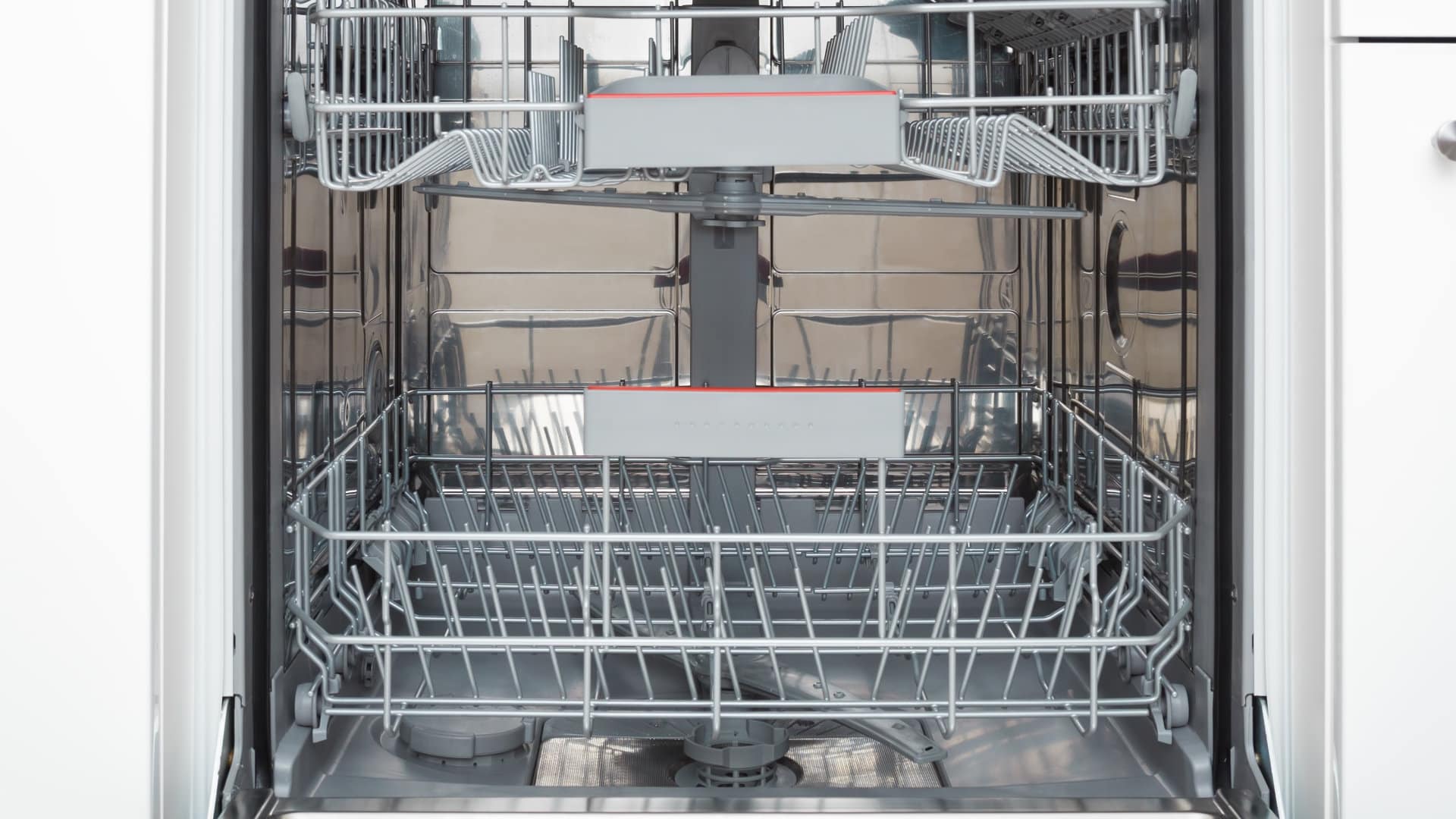
For most of this troubleshooting guide you will want to turn off the main gas line and disconnect your range from its power source. There will be a few instances when you will need to turn the gas and power back on to complete a particular troubleshooter. The repair suggestions noted here apply to many brands. The troubleshooter noted under the heading of Pilot Light Out applies to replacing the thermostat in a Hotpoint, GE, or RCA Gas range.
1) Burner Won’t Ignite
When electrical current travels through the spark module, high voltage pulses are simultaneously transferred to electrodes that create a spark between the electrode and burner cap igniting the gas flowing to the burner you want to use to cook with. A proper mixture of gas and air ignites and produces a flame. In other words, when you turn the knob on your stovetop to ignite the burner a message is sent to the spark module to send a regulated amount of current to produce a spark in the electrode which ignites the flame in the burner that you cook with. There are at least 4 reasons why the burner won’t ignite.
a) Malfunctioning Spark Ignition Switch
If you hear a clicking sound that normally signals that the burner is about to ignite, but for some reason does not, you may have a failing ignition switch. If any of the spark ignition switches are not working correctly, voltage will not reach the spark module and the burner will not light. Use a multimeter to test the continuity of the switch to the burner not working. If it tests negative, you’ve found your problem and will need to replace the entire switch module. It’s an easy and relatively inexpensive part to replace.
b) Bad Spark Electrode
Once again, when you turn the burner on you may hear the familiar clicking sound indicating that the burner is about to ignite but nothing happens. Consider the possibility that the electrode has a crack in it or is damaged in some other way. It will need to be replaced. You can remove the spark wire that is connected to the electrode and test the electrode for continuity. If it fails you will need to replace the electrode.
c) Faulty Spark Wire
Each electrode is connected to the spark module with a spark wire. If the spark wire is defective, the burner will not ignite. Electrodes will not ignite when there is a reduction in the voltage being sent through the spark wire.
d) Spark Module Not Working
If it has been concluded that the ignition switches are working, and the electrodes have no visible damage, and the spark wires appear to be in good working order and do not need to be replaced, then suspect the spark module as the reason. The spark module is the component that regulates how much voltage to relay to the electrodes and is an easy part to replace.
2) Pilot Light is Out
Sometimes the pilot light intermittently turns itself on and off and sometimes it is not firing up at all. More than likely food debris has found its way into the burner and is blocking the gas flow to the igniter. Or your range may need a new thermostat for the burner not working.
Before attempting the following troubleshooter, remove the burner and soak it in a vinegar solution to break down any food debris that may have collected there through the years. You can use a toothpick and/or a wire brush to help remove any food particles. After this task is completed, turn the gas and power back on and see if the burner is getting the correct level of gas to ignite and maintain a bluish colored flame. If this corrected your problem, great! You’re on your way to cooking once again. But if it does not correct the problem, read on.
To gain access to the thermostat and burner:
- Remove the cooktop grates
- Lift the cooktop cover up and allow it to stand in place on the two built-in braces
- Remove the switch knobs
- Remove the bake line
- Use a leak detector to determine if any gas is present in the bake line
For the next step of this troubleshooter, turn off main gas line.
- Remove the gas line to the troubled thermostat
- Turn the main gas line back on — slightly
- You should be able to smell gas, or you can use the leak detector to determine if gas is flowing to the thermostat
- Remove the thermostat and look inside the valve while turning the thermostat switch. If you do not see movement inside the valve, replace the thermostat
3) Weak Flame
It could very well be that you are encountering a weak flame or a strong tall yellow flame emitting from one or more burners. Remember to turn off the gas and unplug your range from its power source before beginning work on this or any other electrical or gas powered appliance.
- Remove the burner grate
- Remove the burner cap
- Remove two Philips screws that secure the burner assembly to the cooktop
- Remove the spark wire from the igniter (which is attached to the burner assembly)
- Remove the igniter from the burner
Clean the burner in a solution of vinegar and baking soda or allow it to soak in warm water and dish soap. You can use a brush to dislodge any hard to remove food particles.After you have satisfactorily cleaned the burner, replace components in the reverse order that you removed them.
4) The Click, Hiss, and Whine of a Noisy Burner
Some noises a cooktop makes are normal and expected. For example, when a burner is switched on you expect to hear a clicking sound which is the sound of the igniter attempting to send a spark to the electrode igniting the gas and turning it into a flame. Read here to find out what to do when the clicking sound persists. Basically, you are going to use a multimeter to check the continuity of the electrode. It is possible for it to get wet and when the electrode gets wet it will create a persistent clicking sound that should go away when it dries.
If you hear a hissing or humming sound that is louder than usual, there is a fuel to air ratio issue. Either too much air or too much fuel is passing through the burner tubes. Here’s how you can correct the problem:
- Adjust the air shutter valve which is located at the end of the burner tube
- Adjust the screw until you obtain a blue flame
- If you are seeing a yellow flame, try to adjust the air shutter slot so that it is smaller. You want to reduce the air flow
The adjustment you need to make will not be automatic and will be more like hit-and-miss. But we are confident that with a bit of patience, you will be able to manage this repair.If you hear a whining noise when turning on your burners, once again, this is going to take some patience and hit-and-miss adjustment on your part.
- The simplest and most cost effective way is to adjust the air shutter as mentioned in the hissing section
- If that does not reduce or eliminate the whine, then consider replacing the regulator
- The regulator regulates the amount of gas that gets sent to the burners
- The whining sound you hear could be the sound of gas straining to get through the regulator
So it makes perfect sense that if you cannot get rid of the noise with simple adjustments of the air shutter valve that the regulator would be the next component to consider.
5) Gas Odor
If you smell an excessive amount of gas the best thing for you to do is to turn the gas off at its source, unplug the range, leave the house, and call your power company immediately. Reach out to us if you need help with this or any other appliance repair issues you might be facing today.

Whirlpool Washer Error Codes Explained

How to Wash a Hat in the Dishwasher (In 5 Steps)

How to Fix the nF Error Code on a Samsung Washer

Kenmore Elite Dryer Issues: How To Troubleshoot

Microwave vs. Oven: Pros and Cons and How They Differ

Self-Cleaning Oven Smell: Causes & Odor Reduction Tips

Frigidaire Ice Maker Not Working? 7 Ways to Fix It

Why Is Your LG Refrigerator Not Cooling? (9 Common Reasons)

GE Oven F2 Error: Causes & Solutions






